Research
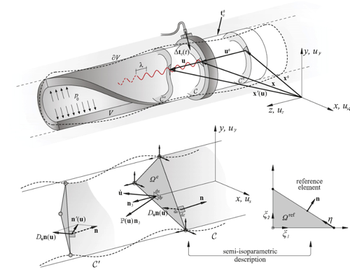
Numerical methods for Guided Waves
Guided waves (GWs) play a fundamental role in several non-destructive (NDE) and structural health monitoring (SHM) applications. In all possible applications, the modeling of guided waves is pivotal for the design of transduction systems, for the mode selection vs. the target defect, as well as for understanding the inspection coverage. In this context, we have focused on the development of computationally efficient semi-analytical finite element (SAFE) formulations. The proposed SAFE formulations are widely acknowledged and used for their unique capabilities to handle damped, pre-stressed and arbitrary cross-section waveguides.
Additionally, we have developed numerical techniques to efficiently model the propagation of waves in periodic waveguides. Periodic structures have the unique feature to inhibit the propagation of mechanical waves in certain frequency ranges, generally termed as band gaps. Our work has been focused on the development of Reduced Order-Models for viscoelastic media to allow for a fast computation of the so-called complex-band structures.
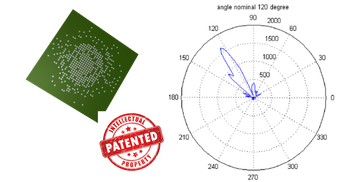
Directional transducers & Signal Processing for damage detection
Key requirements for easy and wide-range applicability of SHM systems include high selectivity and accuracy in damage detection and localization, low hardware complexity and low power consumption for in-situ, real time operations. These features represent cutting-edge challenges for state-of-the-art research. The SMASH group is facing these challenges with a twofold approach: 1) development of novel piezoelectric transducers and 2) implementation and validation of novel damage detection algorithms compatible with embedded signal processing. The transducers consist of a set of devices with inherent beam steering capabilities, able to generate and detect directional ultrasonic guided waves within a structure with minimal hardware requirements. Advanced damage detection algorithms are used to process the signals measured by transducers.
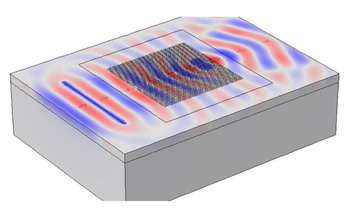
Metamaterials for wave propagation control
The manipulation of mechanical waves is a long-lasting topic in the field of physics and material engineering. In recent years, the advent of elastic resonant metamaterials has opened new opportunities to achieve this purpose by exploiting the unconventional mechanical properties of these engineered media. Mechanical metamaterials are typically realized by arrays of sub-wavelength resonant elements embedded in a host medium which confer to the composite material effective dynamic properties capable to induce wave dispersion and open spectral band gaps. In this context, our contribution has focused on the development of closed-form formulations for the design of resonant metasurfaces and metamaterials to control surface Rayleigh and Love waves at different length scales. At the meter-scale, these developments have been framed in the context of civil engineering to realize devices for ground-borne vibration mitigation. At the microscale, our current interests are dedicated to the realization of SAW devices for communication and sensing applications.
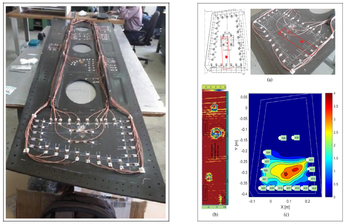
NDT and SHM for Materials and Structures
Among the challenges of SHM are the detection, localization and sizing of defects. Within this context our research effort are devoted to (i) damage detection in complex waveguides, (ii) innovative strategies to locate acoustic and mechanical waves sources by collectively processing data from multiple sensors, (iii) processing techniques to achieve high damage resolution in plate-like structures, (iv) autonomous defect classification and (v) devices to ease the interaction of technicians during maintenance approaches. These approaches have been applied in the context of the EU FP7 project SARISTU where our research group oversaw the final SHM activities on a real size composite outer wing demonstrator.
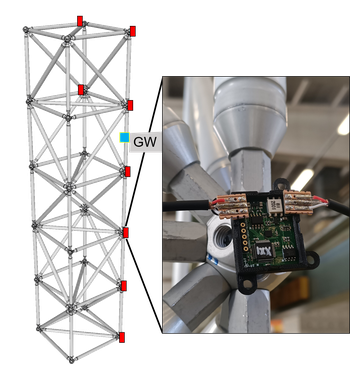
Sensors and Processing techniques for Vibration-based SHM
The implementation of vibration-based structural health monitoring (SHM) systems is receiving increasing attention due to the widespread necessity to continuously control the integrity of aging structures. A step beyond the conventional approaches to vibration-based diagnostics can be represented by the 'sensor-near' monitoring approach, where the signal processing capabilities of embedded systems are exploited at local sensing positions rather than flooding the network with voluminous raw datasets. Our research group is working towards the realization of low-cost sensors and network architecture to realize such monitoring systems.